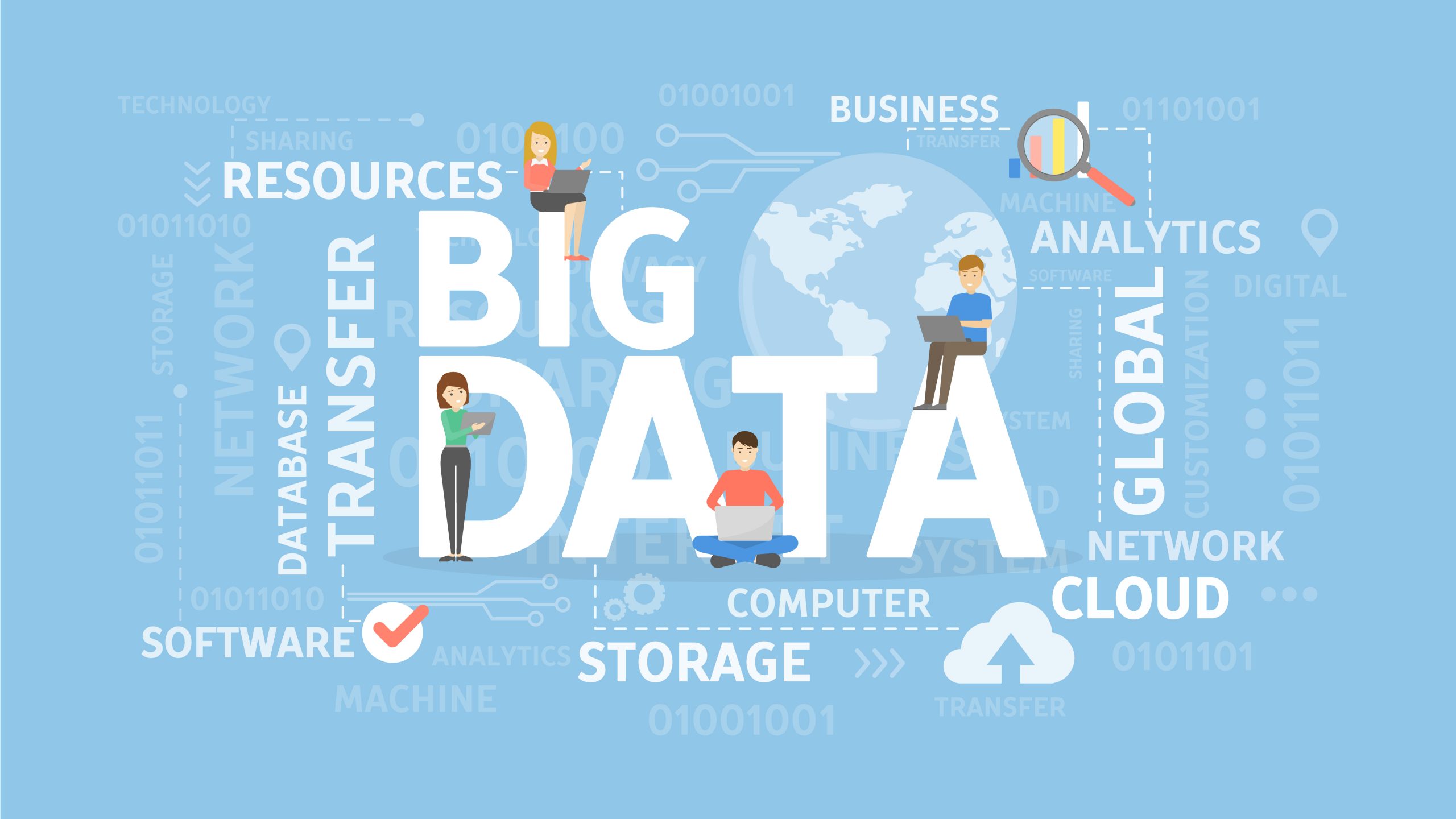Understanding the Big Data Problem: Challenges and Opportunities
In today’s digital age, the term “big data” has become more than just a buzzword; it’s a fundamental aspect of modern life and business. Big data refers to the vast and ever-growing volumes of structured and unstructured information generated by various sources such as social media, sensors, machines, and human interactions. This influx of data has given rise to what is commonly referred to as the “big data problem.” In this article, we will delve into the intricacies of the big data problem, its challenges, and the opportunities it presents.
The Big Data Problem Defined:
The big data problem encompasses a range of challenges associated with the collection, storage, processing, and analysis of enormous datasets. Traditional data processing tools and methods are often ill-equipped to handle these massive quantities of information effectively. The problem arises from the 3Vs of big data: Volume, Velocity, and Variety.
- Volume: The sheer amount of data generated every second is staggering. From social media posts and online transactions to sensor readings and medical records, the volume of data being produced is too vast for conventional databases to handle efficiently.
- Velocity: Data streams in at an unprecedented pace. Social media updates, stock market fluctuations, and real-time sensor data all contribute to the high velocity of data. The challenge is to process and analyze this data quickly enough to derive meaningful insights.
- Variety: Data comes in diverse formats, including structured data (like traditional databases), semi-structured data (like XML files), and unstructured data (like text and multimedia content). This variety makes it difficult to integrate and analyze data from different sources effectively.
Challenges Posed by the Big Data Problem:
- Storage: Storing massive amounts of data is a significant challenge. Traditional relational databases struggle to scale to the required levels, leading to the need for more advanced storage solutions like distributed file systems and cloud-based storage.
- Data Processing: The data processing power required to analyze big data is immense. Parallel processing and distributed computing techniques are necessary to tackle the computational demands posed by large-scale data analysis.
- Quality and Veracity: As data streams in from various sources, ensuring its quality and accuracy becomes a hurdle. Cleaning and validating data to maintain its integrity are crucial but complex tasks.
- Analysis and Insights: Extracting valuable insights from large datasets requires sophisticated algorithms and tools. The challenge lies in developing models that can efficiently analyze the data and provide actionable insights.
- Privacy and Security: With more data being collected, concerns about privacy and security escalate. Safeguarding sensitive information while still enabling data analysis is a complex balancing act.
Opportunities Embedded within the Big Data Problem:
While the big data problem presents numerous challenges, it also opens up a world of opportunities:
- Informed Decision-Making: Big data analytics enables organizations to make informed decisions based on data-driven insights. Patterns, trends, and correlations can be identified, leading to better strategies and outcomes.
- Personalization: Businesses can use big data to understand customer preferences better, leading to more personalized marketing and product recommendations.
- Scientific Advancements: In fields like medicine and climate science, big data analysis can lead to breakthroughs by uncovering hidden patterns and relationships within complex datasets.
- Innovation: Big data fuels innovation by providing the raw material for the development of new products, services, and business models.
- Efficiency Improvements: Optimizing operations through big data analysis can lead to cost reductions and process improvements in various industries.
The big data problem is not just a technological challenge; it’s a transformative force shaping how we interact with information and make decisions. While it brings forth a myriad of challenges, from data management to privacy concerns, it also offers unparalleled opportunities for businesses, science, and society at large. As technology continues to evolve, finding innovative solutions to the big data problem will be crucial for harnessing the full potential of this data-driven era.



